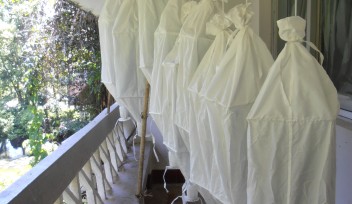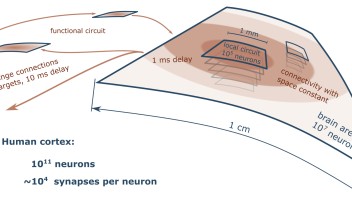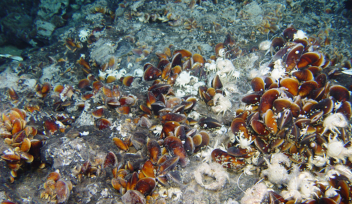Astrocyte diagram

Caption: Astrocytes (meaning ‘star-cells’) have a unique morphology. While the internal structure is star-like, tiny protrusions of the cell form a cloud-like region that surround all nearby synapses – the junctions where different neurons meet and communicate. In mice, astrocytes are estimated to be in contact with, and take care of, around 300,000 synapses.
Astrocytes (meaning ‘star-cells’) have a unique morphology. While the internal structure is star-like, tiny protrusions of the cell form a cloud-like region that surround all nearby synapses – the junctions where different neurons meet and communicate. In mice, astrocytes are estimated to be in contact with, and take care of, around 300,000 synapses. This image appeared in the press release "Stargazing in the brain: “Star-like” cells display unique activity patterns".
Copyright OIST (Okinawa Institute of Science and Technology Graduate University, 沖縄科学技術大学院大学). Creative Commons Attribution 4.0 International License (CC BY 4.0).
Tags














